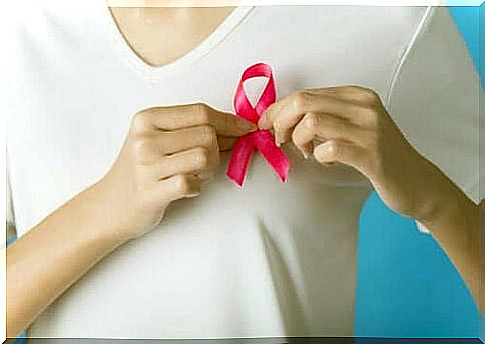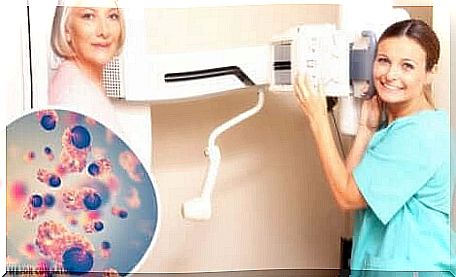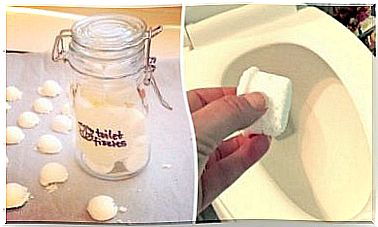What Is The HER-2 Receptor?
In 25% of breast cancer cases, the gene that codes for HER-2 receptor proteins does not work properly and makes many copies of itself.

HER-2, or human epidermal growth factor receptor 2, is a gene that can influence the development of breast cancer. When a patient has to make a pathological report, he must include data on the status of the HER-2 receptor because this information makes it possible to know whether this gene influences the development of cancer.
Genes contain the formulas for the different proteins that a cell needs to stay healthy and function normally. Certain genes, and the proteins they produce, can influence how breast cancer behaves.
Therefore, cancer cells in a tissue sample are tested through a biopsy or other techniques to see which genes are correct and which are altered. Proteins produced by cells can also be analyzed.
General information on breast cancer

Breast cancer is a type of cancer that forms in the cells of the breast. It can develop in both men and women. However, male breast cancer cases represent only 1% of diagnosed cases.
In Spain, one in eight women suffers from breast cancer. It is the cancer with the highest incidence among women in this country. It accounts for 25% of all cancer cases. The incidence has increased following the introduction of mammography in early diagnosis programs and continues to increase with the aging of the population.
This type of cancer develops due to the uncontrolled growth of breast cells. The tumor can appear in different structures of this organ, for example in the ducts. When proliferation takes place, certain proteins and molecules are more numerous. This is the case with HER-2 or the proliferation marker Ki67.
Besides, there are certain risk factors which greatly increase the likelihood of suffering from this disease. Among them we can mention:
- Genetic predisposition.
- History of atypical hyperplasia.
- Not to have children or to have them at advanced ages.
- Exposure to estrogen.
- Radiations.
- Sedentarism.
- Food: the Mediterranean diet reduces the risk of breast cancer by 30%. While the western diet increases it.
About the HER-2 receiver…
HER-2 proteins are receptors in breast cells produced by the HER-2 gene. In normal situations, these receptors are necessary for the breast to develop healthily for the breast cells to divide and repair themselves.
But in 25% of cases of this type of cancer, the gene that codes for the proteins of the HER-2 receptor does not work properly and makes many copies of itself. This phenomenon is known as amplification of the HER-2 gene.
So any extra copies of this gene send information to synthesize more HER-2 receptors. As a result, breast cells grow and divide in an uncontrolled fashion, causing cancer.
HER-2 + or HER-2 – breast cancer

Depending on whether the cancer manifests itself with or without amplification of this gene, breast cancer can be classified as follows:
- HER-2 positive: these are cases of breast cancer that develop with amplification of the HER-2 gene or an overexpression of this protein.
- HER-2 negative: it occurs when the cancer does not have overexpression of the HER-2 gene or protein.
In general, the HER-2 positive type of cancer has a poor prognosis because it tends to grow faster and is more likely to spread and come back. However, new advances in research have made it possible to develop new antiHER-2 drugs that have shown great results. This is the case, for example, with trastuzumab.
Determination of the HER-2 receptor in breast cancer patients
Nowadays, there are 4 clinical tests which make it possible to analyze the presence of this receptor:
- Immunohistochemical or IHQ: This test indicates whether there is too much HER-2 protein in carcinogenic cells. The results are expressed as follows: 0 (negative), 1+ (negative), 2+ (equivocal) or 3+ (positive).
- FISH or fluorescent in situ hybridization assay : the results of this test allow you to know if there are too many copies of the HER-2 gene in the affected cells.
- CISH or analysis of HER-2 by chromogenic hybridization in situ with a technique of probes by subtraction: like the previous test, it makes it possible to show whether there are too many copies of the HER-2 gene.
- ISH or HER-2 analysis through in situ hybridization : Shows the same data as the two previous examinations.









